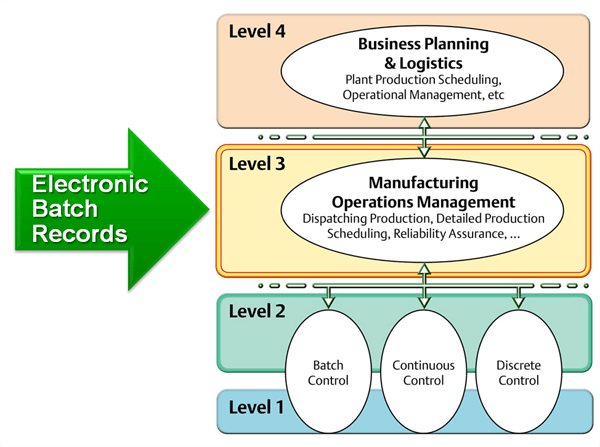The accuracy and ease of use provided by electronic batch records (EBR) contributed to their adoption by large pharmaceutical companies. While the cost of transitioning from paper to EBR may result in hesitancy for some manufacturers, the reduction in error and decrease in batch release time offers increases in cost savings and efficiency.
Pharmaceutical Technology spoke with Dennis Brandl, president of BR&L Consulting, about the advantages and disadvantages in transitioning from paper to batch manufacturing record, how the integrity of data is maintained, changes in operation management, and recommendations and strategies for implementation.

Transitioning from paper to EBRPharmTech: What are the primary challenges in transitioning from paper to EBR?
Brandl: One of the primary challenges is to realize that you really cannot just put your paper batch records into an electronic format. There are major advantages to electronic batch records.
They allow you to improve the process that you are currently using, such as reducing the need for dual signatures or automated calculation, so that operators don’t need to sit with calculators and hand type the numbers. Just implementing the current processes you have, without streamlining and removing the unneeded checks and work, means you miss many of the advantages that you would get by implementing an electronic batch record system.
PharmTech: What are the advantages of transitioning from paper records to EBR?
Brandl: Reduction in manual errors is one major advantage from transitioning to an electronic batch record. When you look at the paper records that exist on many systems, they can be stacks of paper that are inches high and the dates and times on those have to be manually entered; in an EBR, they’re automatically captured.
